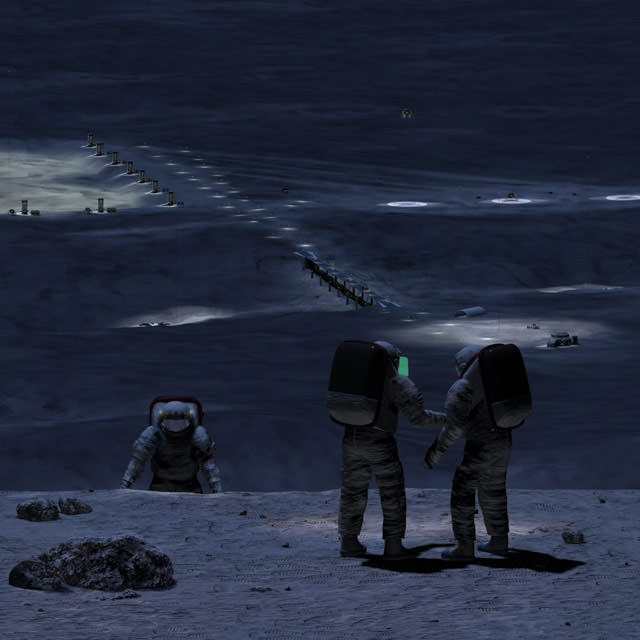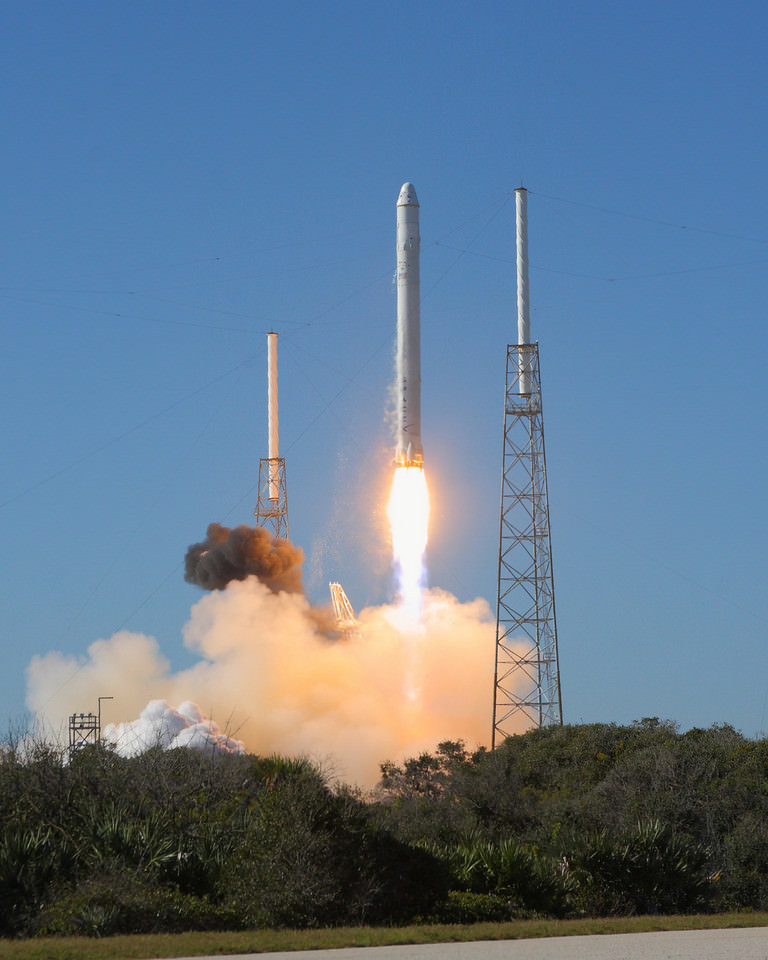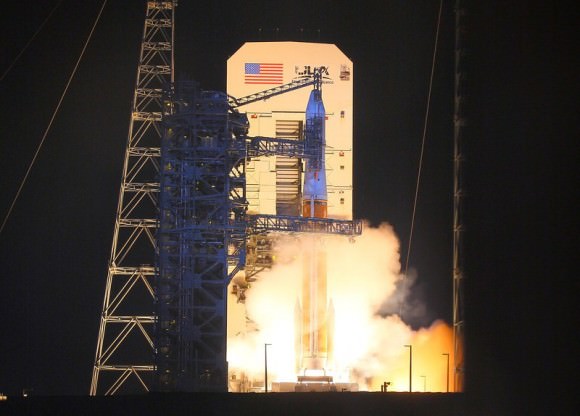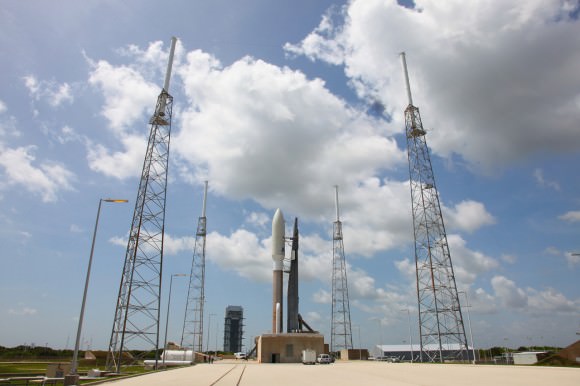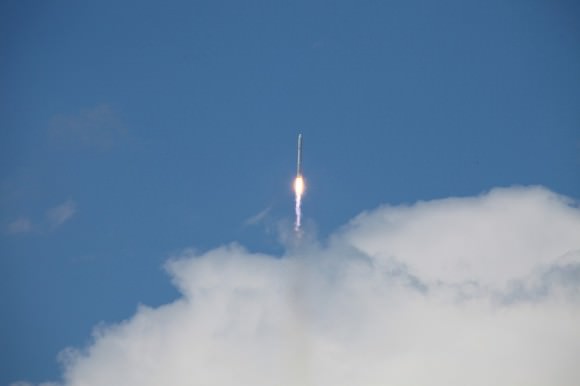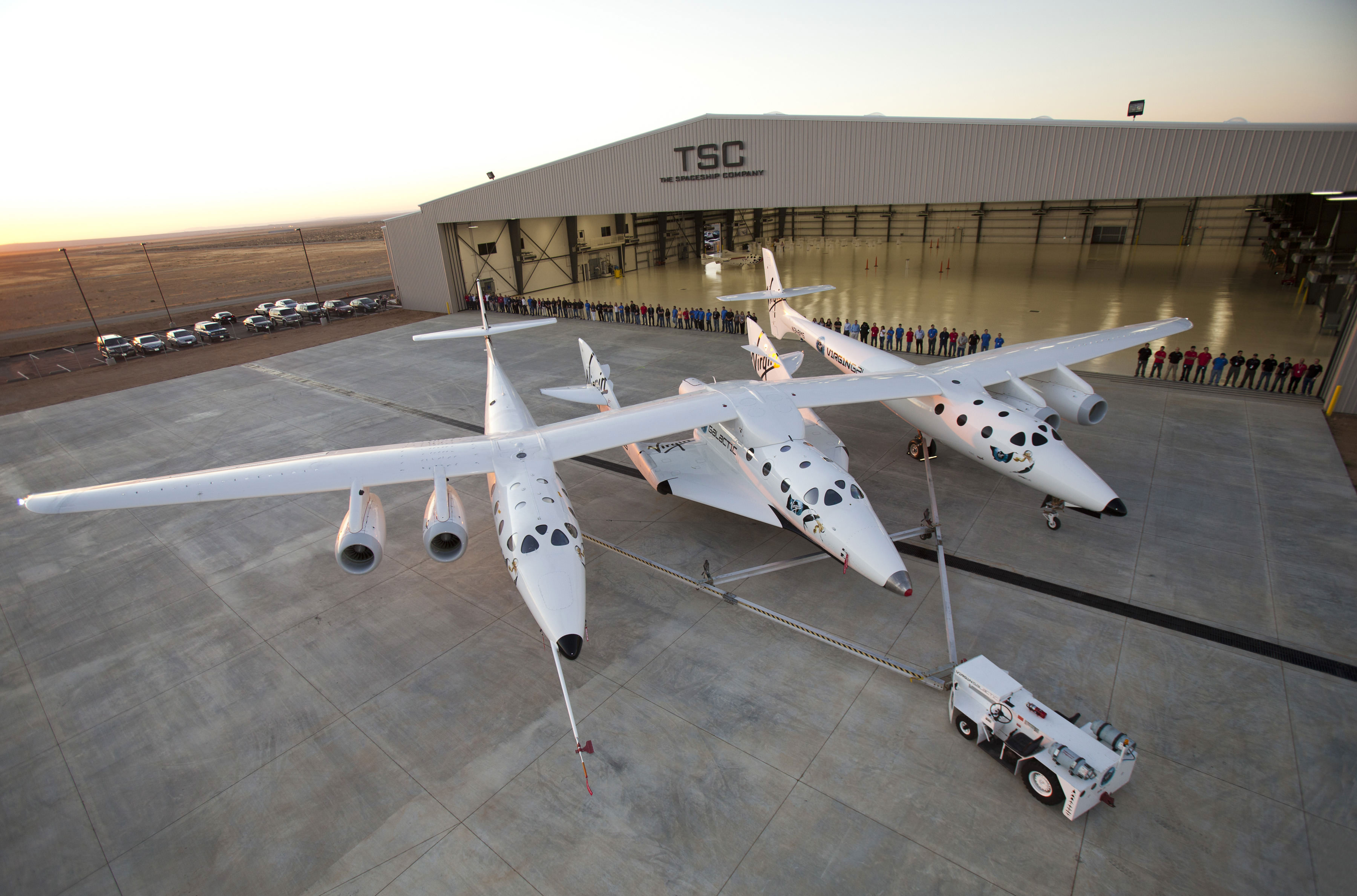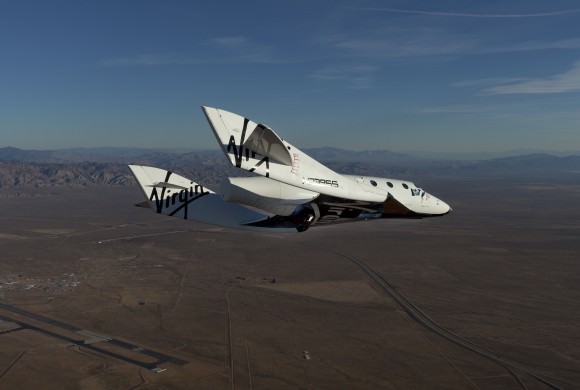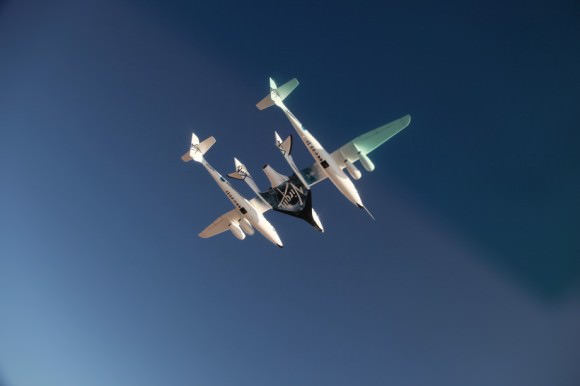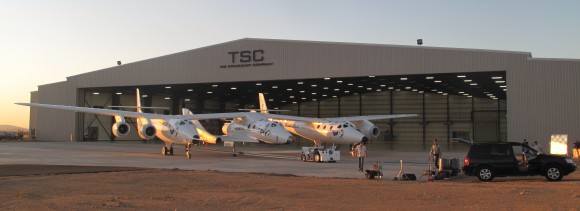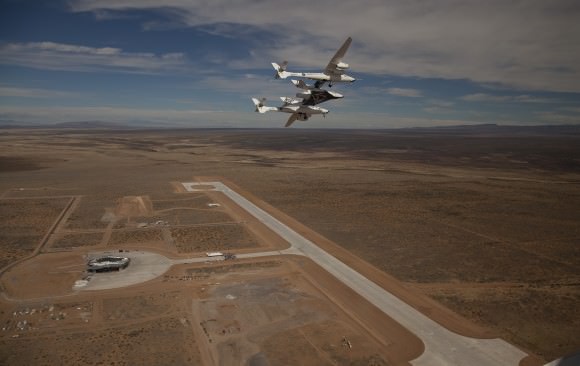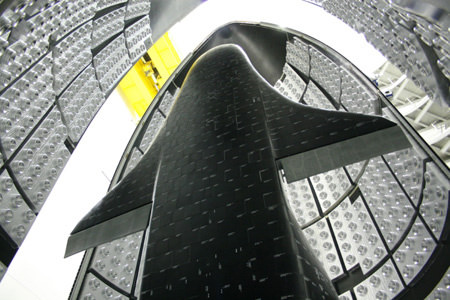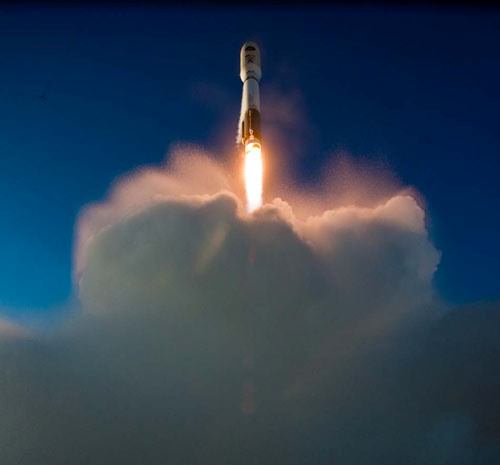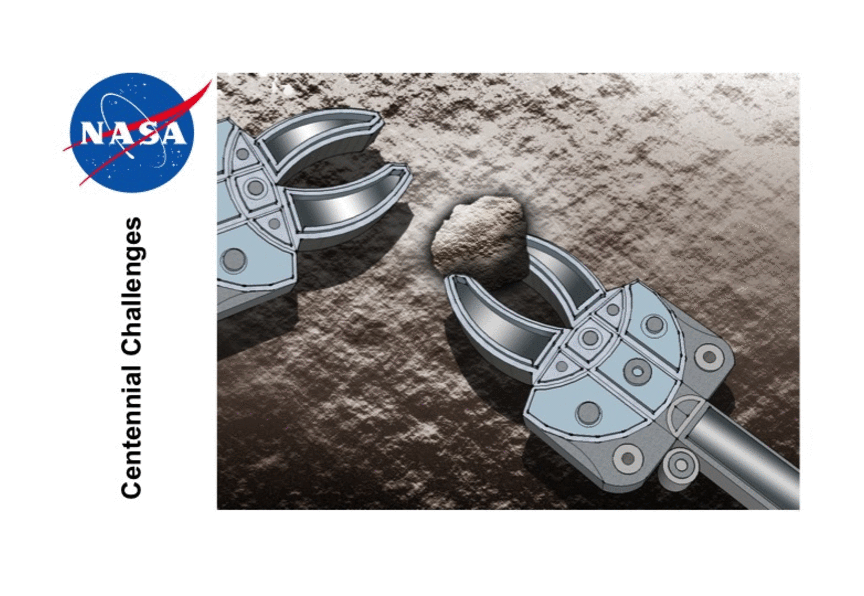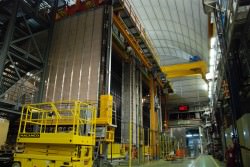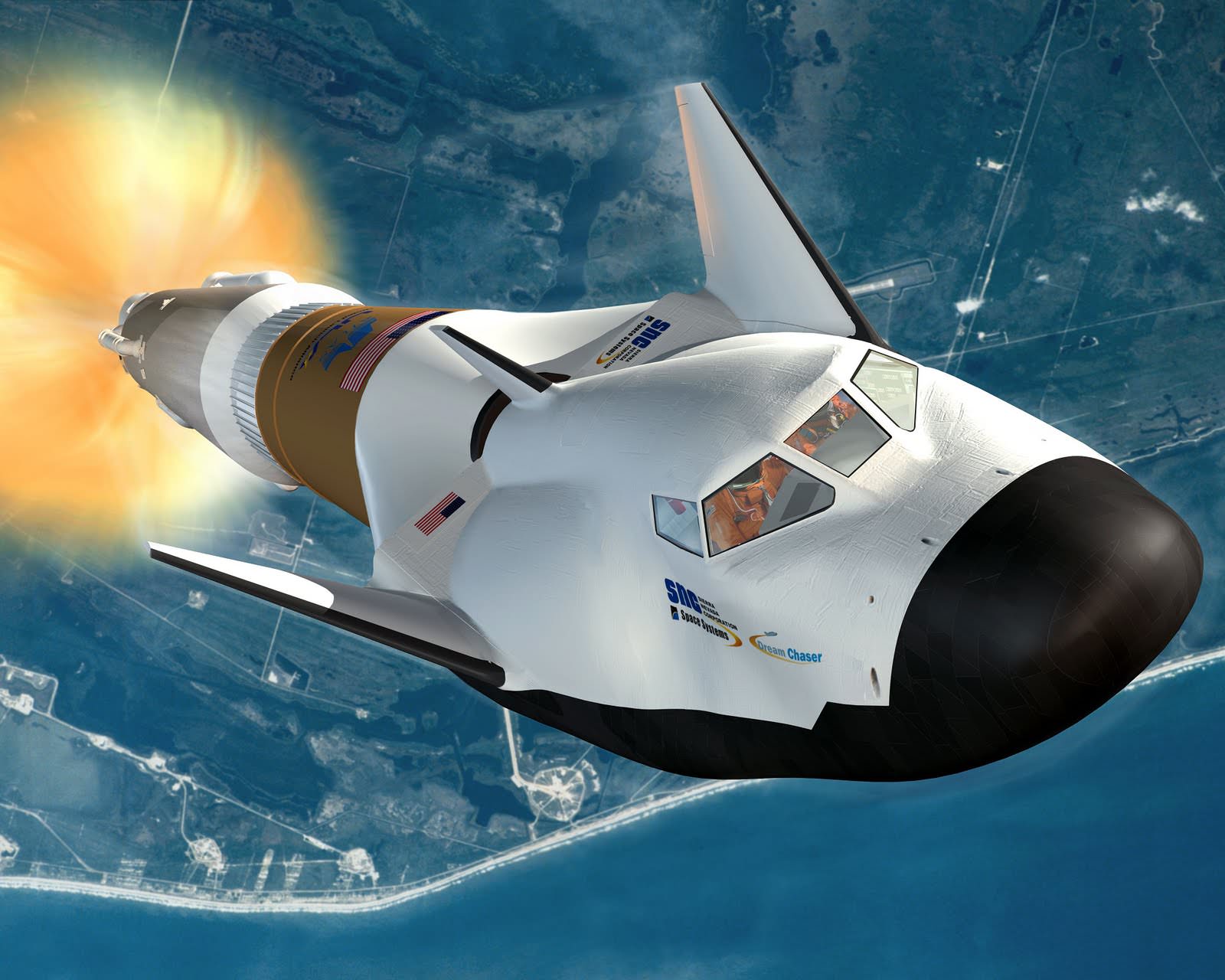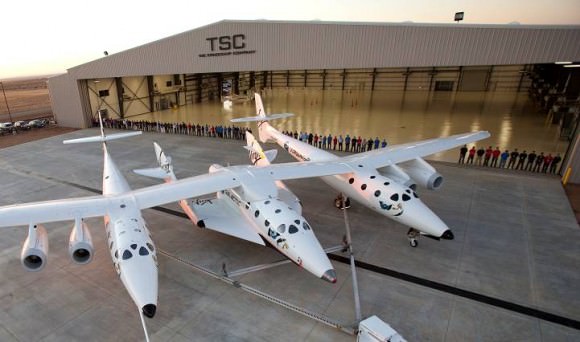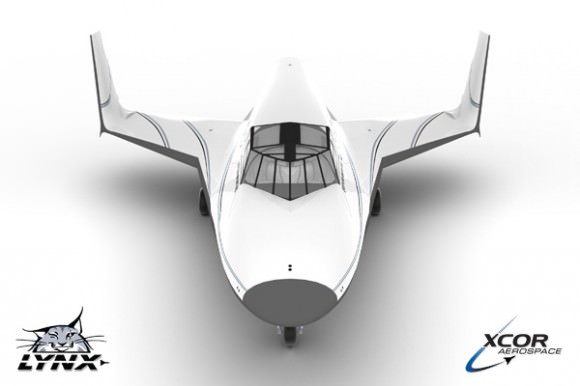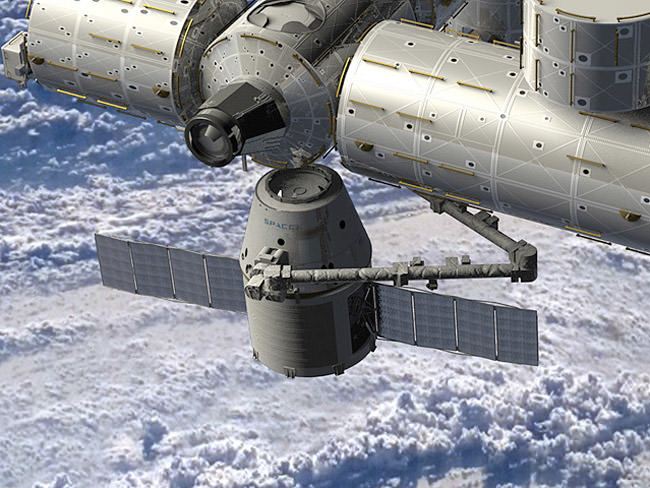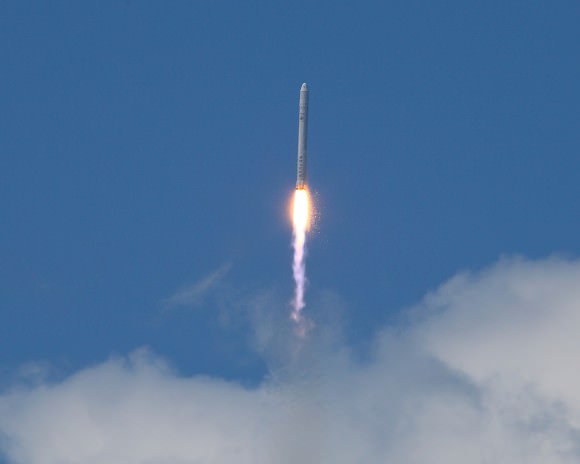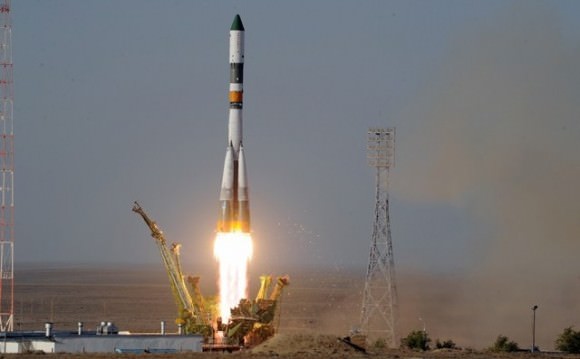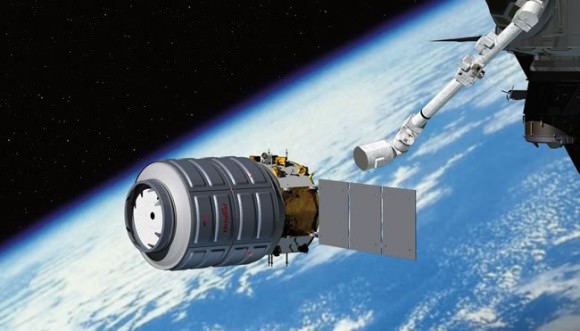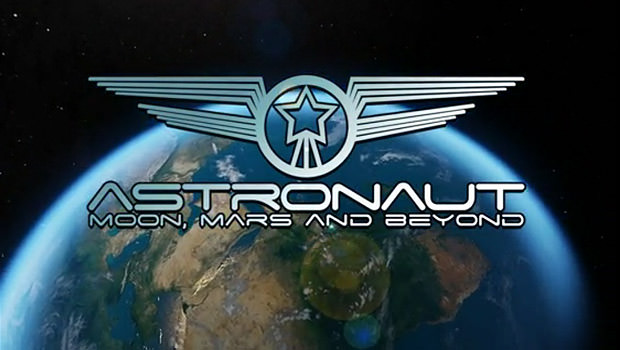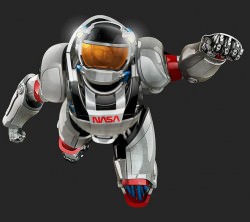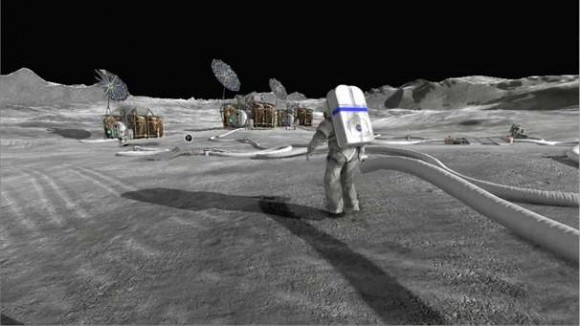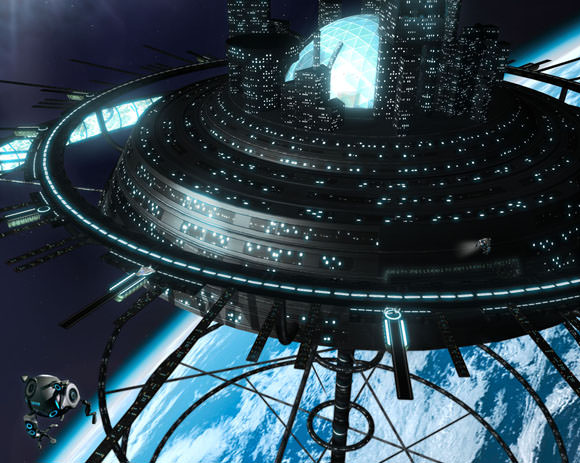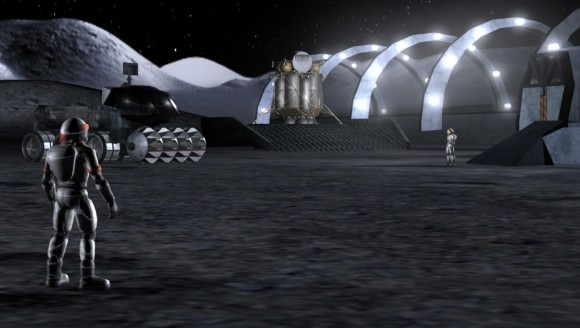[/caption]
It’s long been a dream to have a human settlement on the Moon, but in this age of budget cuts and indecisive plans for NASA’s future, a Moon base may seem too costly and beyond our reach. However, noted lunar scientist Dr. Paul Spudis from the Lunar and Planetary Institute and a colleague, Tony Lavoie from the Marshall Space Flight Center, have come up with a plan for building a lunar settlement that is not only affordable but sustainable. It creates a Moon base along with a type of ‘transcontinental railroad’ in space which opens up cislunar space – the area between Earth and the Moon – for development.
“The ultimate goal in space is to be able to go anywhere, anytime with as much capability as we need,” Spudis told Universe Today. “This plan uses a robotic and human presence on the Moon to use the local resources to create a new spacefaring system. The key for doing this is to adopt a flexible approach that is incremental and cumulative.”
In a nutshell what Spudis proposes is to send robots to the Moon which are tele-operated from Earth to start extracting water from the polar deposits to create propellant. The propellant would be used to fuel a reusable space transportation system between the Earth and the Moon.
“The reason this is possible is because the Moon is close – it’s only three light-seconds round trip for radio signal get from Earth to the Moon back,” Spudis said, “which means you can control machines remotely with operators on the Earth actually doing the activities that an astronaut might do on the Moon.”
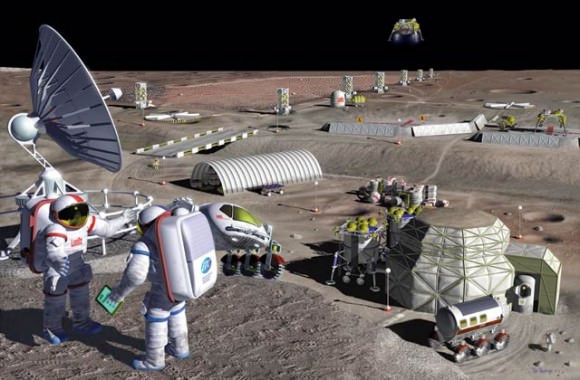
The advantage here is that a large part of the needed infrastructure, such as the mining operation, the processing plants, the development of storage for the water and propellant, is created before people even arrive.
“So what we try to do is to develop an architecture that enables us to, first, do this in small, incremental steps, with each step building upon the next, and the net effect is cumulative over time,”Spudis said. “And finally we are able to bring people to the Moon when we’re ready to actually have them live there. We place an outpost — a habitat — that will be fully operational before the first humans arrive.”
The significant amount of water than has been found on the Moon at the poles makes this plan work.
“We estimate there are many tens of billions of tons of water at both poles,” Spudis said. “What we don’t know in detail is exactly how much water is distributed what physical state it is in, and that’s one of the reasons why the first step in our plan is to send robotic prospectors up there to map the deposits and see how they vary.”
Water is an important resource for humans in space: it supports life for drinking and cooking, it can be broken down into oxygen for breathing, and by combing the oxygen and hydrogen in a fuel cell, electricity can be generated. Water is also a very good shielding material that could protect people from cosmic radiation, so the habitat could be “jacketed” with water.
But the most important use of water is being able to create a powerful chemical rocket propellant by using the oxygen and hydrogen and freezing them into a liquid.
“The Moon offers us this water not only to support human life there, but also to make rocket propellant to allow us to refuel our spacecraft both on the Moon and space above the Moon.”
In a series of 17 incremental missions, a human base would be built, made operational and occupied. It starts with setting up communication and navigation satellites around the Moon to enable precision operation for the robotic systems.
Next would sending rover to the Moon, perhaps a variant of the MER rovers that are currently exploring Mars, to prospect the best places for water at the lunar poles. The poles also provide areas of permanent sunlight to generate electrical power.
Next, larger equipment would be sent to experiment with digging up the ice deposits, melting the ice and storing the products. (See our previous article about using bulldozers on the Moon).
“Now, all those are simple conceptually, but we’ve never done them in practice,” said Spudis, “so we don’t know how difficult it is. But by sending the small robotic missions to the Moon and practicing this via remote control from Earth, we can evaluate how difficult it is — where the chokepoints are — and what are the most efficient ways to get to these deposits and to extract usable a product from them.”
The next step is to increase the magnitude of the effort by landing bigger robotic machines that can actually start making product on industrial scales so that a depot of supplies can be stockpiled on the Moon for when the first human humans to return to the Moon.
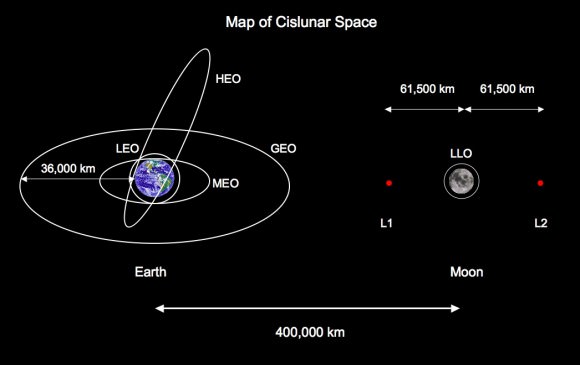
In the meantime, a constant transportation system between Earth and Moon would be created, with another system that goes between the Moon and lunar orbit, which opens up all kinds of possibilities.
“The analogy I like to make is this is very similar to the Transcontinental Railroad,” Spudis said. “We didn’t just build the Transcontinental Railroad to from the East Coast directly to the West Coast; we also built it to access all the points in between, which consequently were developed economically as well.”
By having a system where the vehicles are refueled from the resources extracted on the Moon, a system is created that routinely accesses the Moon and allows for returning to Earth, but all the other points in between can be accessed as well.
“We create a transportation system that accesses all those points between Earth and Moon. The significance of that is, much of our satellite assets reside there,” said Spudis, “ for example communication satellites and weather monitoring satellites reside in geosynchronous orbit, (about 36,000 km above the Earth’s equator) and right now we cannot reach that from low Earth orbit. If we have system that can routinely go back and forth to the Moon, we could also go to these high orbits where a lot of commercial and national security assets are.”
Spudis added that a fuel depot could go in various locations, including the L1 LaGrange point which would enable space flight beyond the Moon.
How long will this take?
“We estimate that we can create an entire turn-key lunar outpost on the Moon within about 15 to 16 years, with humans arriving about 10 years after the initial robotic missions go,” Spudis said. “The mining operation would produce about 150 tons of water per year and roughly 100 tons of propellant.
And do any new technologies or hardware have to be built?
“Not really,” said Spudis. “Effectively this plan is possible to achieve right now with existing technology. We don’t have any ‘unobtainium’ or any special magical machine that has to be built. It is all very simple outgrowths of existing equipment, and many cases you can use the heritage equipment from previous missions.”
And what about the cost?
Spudis estimates that the entire system could be established for an aggregate cost of less than $88 billion, which would be about $5 billion a year, with peak funding of $6.65 billion starting in Year 11. This total cost includes development of a Shuttle-derived 70 mT launch vehicle, two versions of a Crew Exploration Vehicles (LEO and translunar), a reusable lander, cislunar propellant depots and all robotic surface assets, as well as all of the operational costs of mission support for this architecture.
“The best part is that because we have broken our architecture into small chunks, each mission is largely self-contained and once it gets to the Moon it interacts and works with the pieces that are already there,” Spudis said.
And the budget would be flexible.
“We can do this project at whatever speed the resources permit,” Spudis said. “So if you have a very constrained budget with very low levels of expenditure, you can go you just go much more slowly. If you have more resources available you can increase the speed and increase the rate of asset emplacement on the Moon and do more in a shorter period of time. This architecture gets us back to the Moon and creates real capability. But the free variable is schedule, not money.”
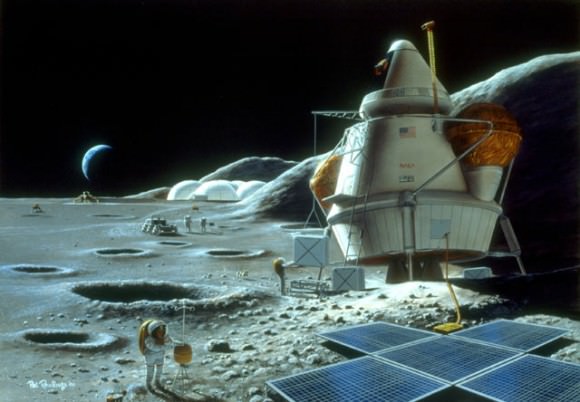
Returning to the Moon is important, Spudis believes, because not only can we use the resources there, but it teaches us how to be a spacefaring civilization.
“By going to the Moon we can learn how to extract what we need in space from what we find in space,” he said. “Fundamentally that is a skill that any spacefaring civilization has to master. If you can learn to do that, you’ve got a skill that will allow you to go to Mars and beyond.”
For more information see Spudis’ website, SpudisLunarResources.com More details and graphs can be found on this pdf document.
Listen to an interview of Paul Spudis on this topic for the 365 Days of Astronomy podcast.
Paul Spudis blogs at Once and Future Moon at Smithonsian Air & Space website.

